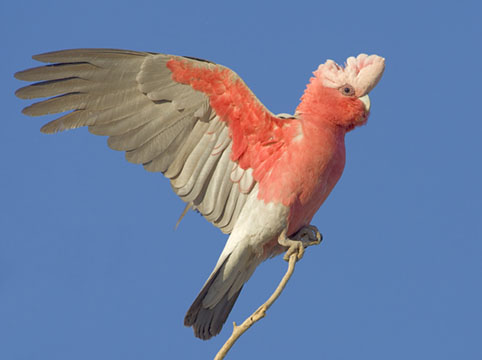Post by Ryan on Oct 5, 2017 15:47:53 GMT -5

From Wikipedia
"Tucson has hot summers and temperate winters, and is almost always cooler and wetter than Phoenix because of its higher elevation.
"Tucson has a desert climate (Köppen BWh), with two major seasons, summer and winter; plus three minor seasons: fall, spring, and the North American Monsoon. Tucson averages 11.8 inches (299.7 mm) of precipitation per year, more than most other locations with desert climates, but it still qualifies as desert due to its high evapotranspiration; in other words, it experiences a high net loss of water. A similar scenario is seen in Alice Springs, Australia, which averages 11 inches (279.4 mm) a year, but has a desert climate."
"Summer is characterized by daytime temperatures that exceed 100 °F (38 °C) and overnight temperatures between 66 and 85 °F (19 and 29 °C). Early summer is characterized by low humidity and clear skies; mid-summer and late summer are characterized by higher humidity, cloudy skies and frequent rain."
"The monsoon can begin any time from mid-June to late July, with an average start date around July 3. It typically continues through August and sometimes into September. During the monsoon, the humidity is much higher than the rest of the year. It begins with clouds building up from the south in the early afternoon followed by intense thunderstorms and rainfall, which can cause flash floods. The evening sky at this time of year is often pierced with dramatic lightning strikes."
"The weather in the fall is much like that during spring: dry, with cool nights and warm, hot days. Temperatures above 100 °F (38 °C) are possible into early October. Temperatures decline at the quickest rate in October and November, and are normally the coolest in late December and early January."
"Winters in Tucson are mild relative to other parts of the United States. Daytime highs in the winter range between 64 and 75 °F (18 and 24 °C), with overnight lows between 30 and 44 °F (−1 and 7 °C). Tucson typically averages one hard freeze per winter season, with temperatures dipping to the mid or low-20s (−7 to −4 °C), but this is typically limited to only a very few nights. Although rare, snow has been known to fall in Tucson, usually a light dusting that melts within a day. The most recent snowfall was on February 20, 2013 when 2.0 inches of snow blanketed the city, the largest snowfall since 1987."
"Early spring is characterized by gradually rising temperatures and several weeks of vivid wildflower blooms beginning in late February and into March. During this time of year the diurnal temperature variation normally attains its maximum, often surpassing 30 °F (17 °C)."






